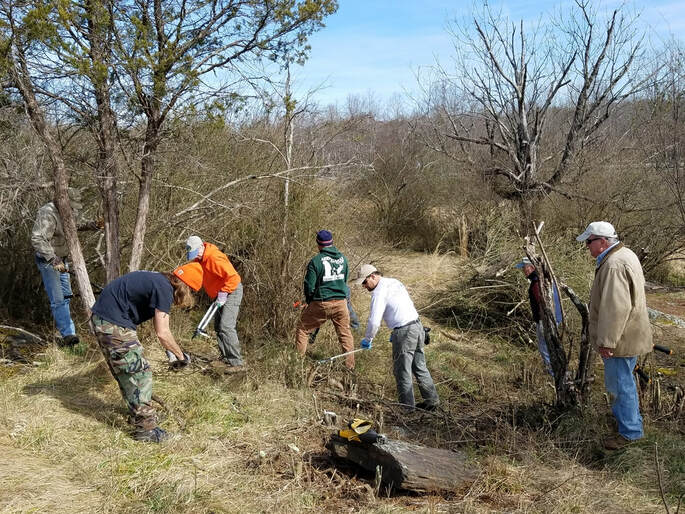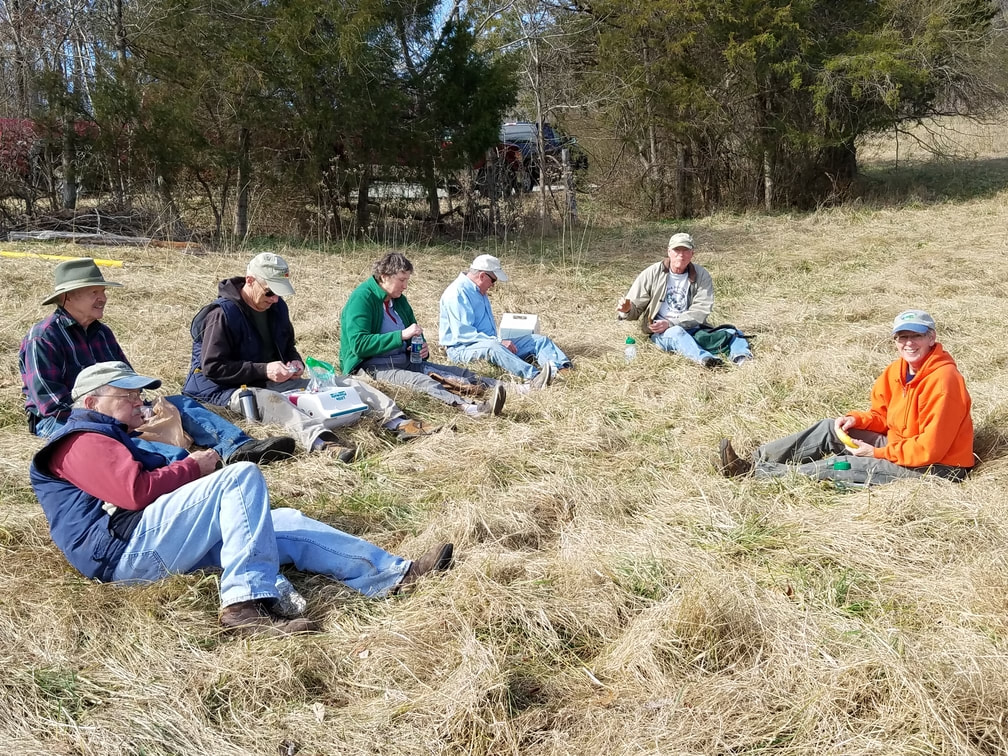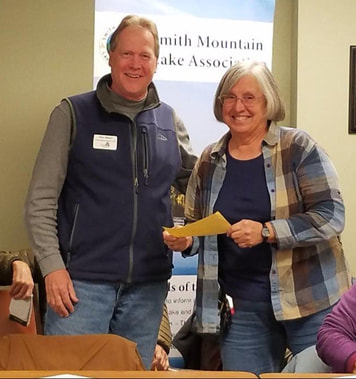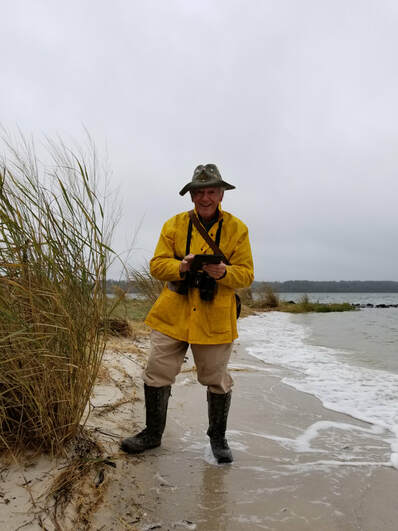Seeking Nominations for Virginia Master Naturalist Program Awards
- Volunteer of the Year
- Project of the Year (with four subcategories)
- Advisor of the Year
These awards will be judged by the VMN statewide office team and one or more VMN Steering Committee members. We will announce and distribute the awards at our annual conference, Friday evening, September 20, 2019. To submit a nomination, please send the information requested for that particular award to Michelle Prysby. Nominations are due by August 12, 2019 at 5 pm. (Note: We extended the deadline from August 9!)
You can find this year’s award nomination information below or on our website. You also can read about our 2018 winners on the web!
Volunteer of the Year
This award is intended to recognize a volunteer who has made outstanding contributions to natural resource education, citizen science, stewardship, and/or chapter administration. Criteria we consider include the impacts the volunteer has made on natural resource conservation and education, demonstrated leadership by the volunteer, and impacts the volunteer has made on the local chapter and its volunteers. There is no minimum requirement for amount of hours or length of service for a volunteer to receive this award. Our focus is on the last one to two years of service.
In your nominations, please include the following:
- Name, email address, and VMN chapter affiliation of nominator
- Name, email address, and VMN chapter affiliation of the nominee
- Description of why the nominee should receive the award, limited to 400 words. You may choose to include a description of the individual’s service, specific examples of positive impacts made, aspects that make the individual stand out from other volunteers, and quotes from other volunteers or local partners. Please place your primary focus on the last 1-2 years of the volunteer’s service.
Project of the Year
Subcategories: Education/Outreach, Citizen Science, Stewardship, Administrative
This award is intended to recognize a project that has made significant and noteworthy positive impacts for natural resource education, citizen science, stewardship, and/or chapter administration within the last 1-2 years. Our focus is on projects for which the VMN chapter played a significant, unique role in creation, implementation, and leadership. These awards go to the chapter, not to an individual, so the expectation is that multiple members of the chapter be involved in the project. We will give awards in each of four subcategories:
- Education/Outreach – Volunteer service in which VMN volunteers educate the public, such as interpretive programs at parks
- Citizen Science – Service projects involving data collection, monitoring, biological inventories, etc.
- Stewardship – Service projects to improve habitat or improve the ability of the public to access natural resources through trails, etc.
- Administrative – Projects to improve the functioning of a VMN chapter, such as re-vamping of the basic training course, mentorship programs, efforts to streamline chapter processes, etc.
In your nominations, please include the following:
- Name, email address, and VMN chapter affiliation of the nominator
- Name, email address, and VMN chapter affiliation for the primary VMN volunteer contact for the project
- The primary award subcategory for which you are nominating the project: Education/Outreach, Citizen Science, Stewardship, or Administrative. The project may include aspects of multiple subcategories and you may describe these aspects in your nomination statement, but you should indicate the primary subcategory under which you want to nominate the project.
- Description of why the project should receive the award, limited to 400 words. Please include a description of the project goals, activities completed, and impacts and outcomes for natural resources in your community and/or for your chapter. Include the roles and contributions of VMN volunteers to the project. Identify any significant partners for the project.
Chapter Advisor of the Year
This award is intended to recognize a chapter advisor who has made significant and noteworthy contributions to a VMN chapter within the last 1-2 years. In your nominations, please include the following:
- Name, email address, and VMN chapter affiliation of the nominator
- Name, email address, and VMN chapter affiliation of the chapter advisor
- Description of why the chapter advisor should receive the award, limited to 400 words. Please include specific examples of how the chapter advisor has helped the chapter run effectively, make positive impacts in the community, or otherwise achieve its goals.
Please help us recognize the outstanding people and work of your chapters!
Seeking Nominations for Virginia Master Naturalist Program Awards Read Post »




